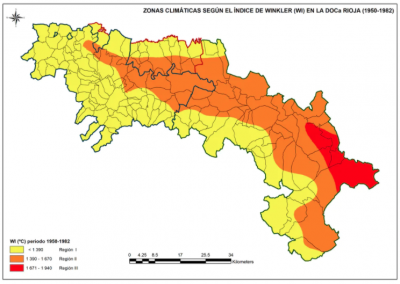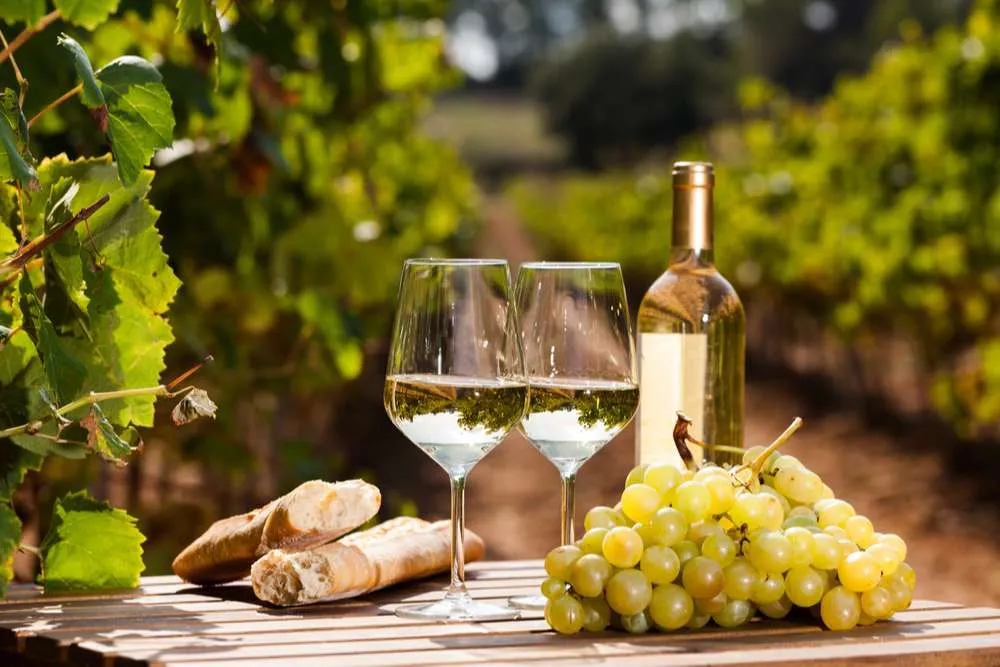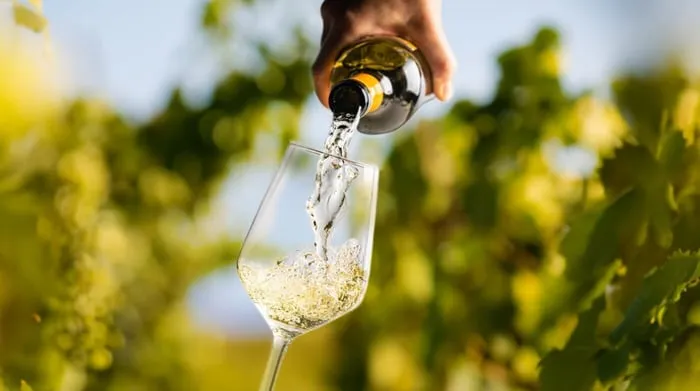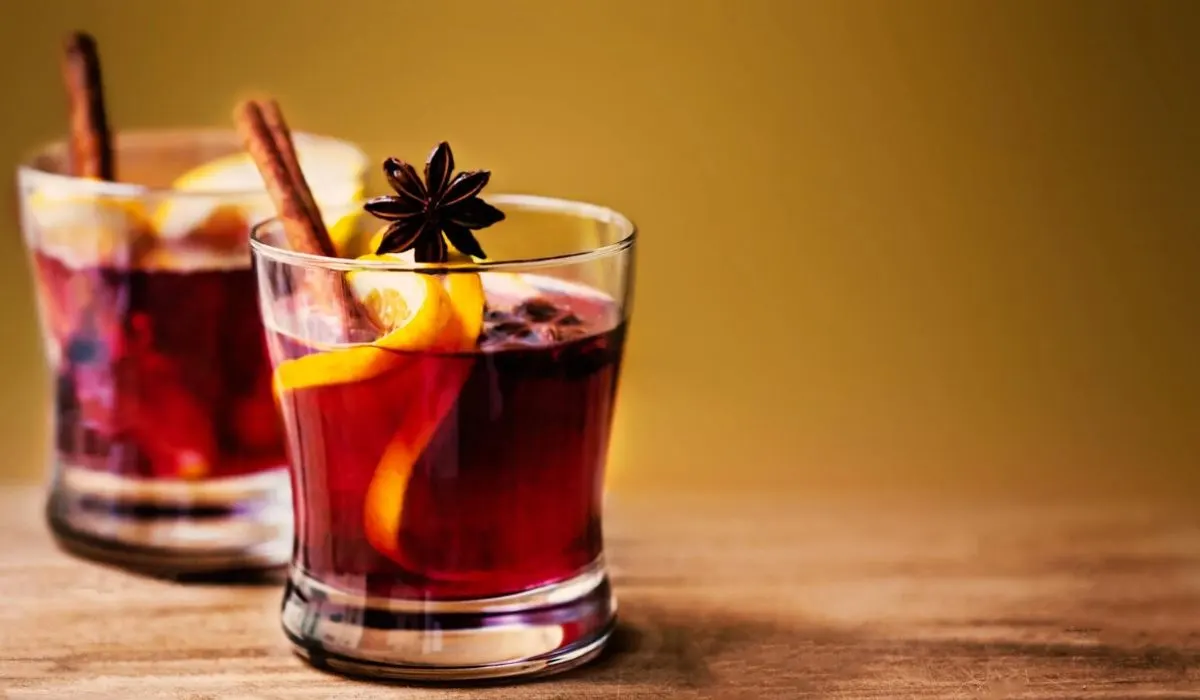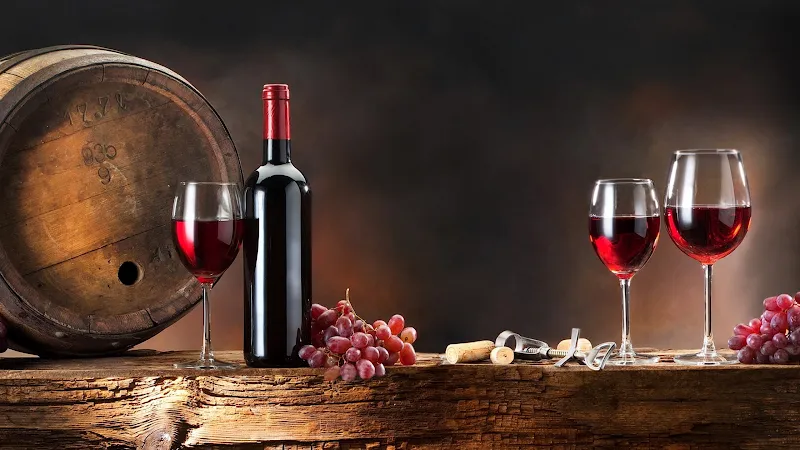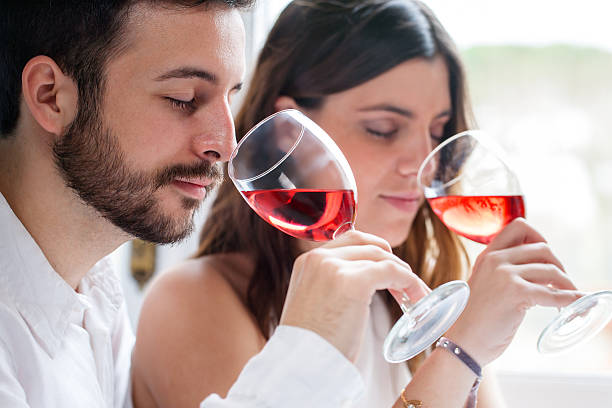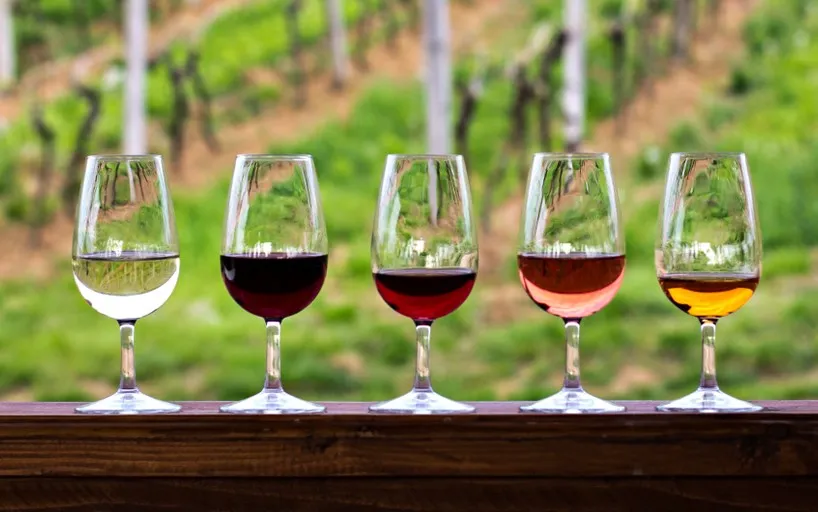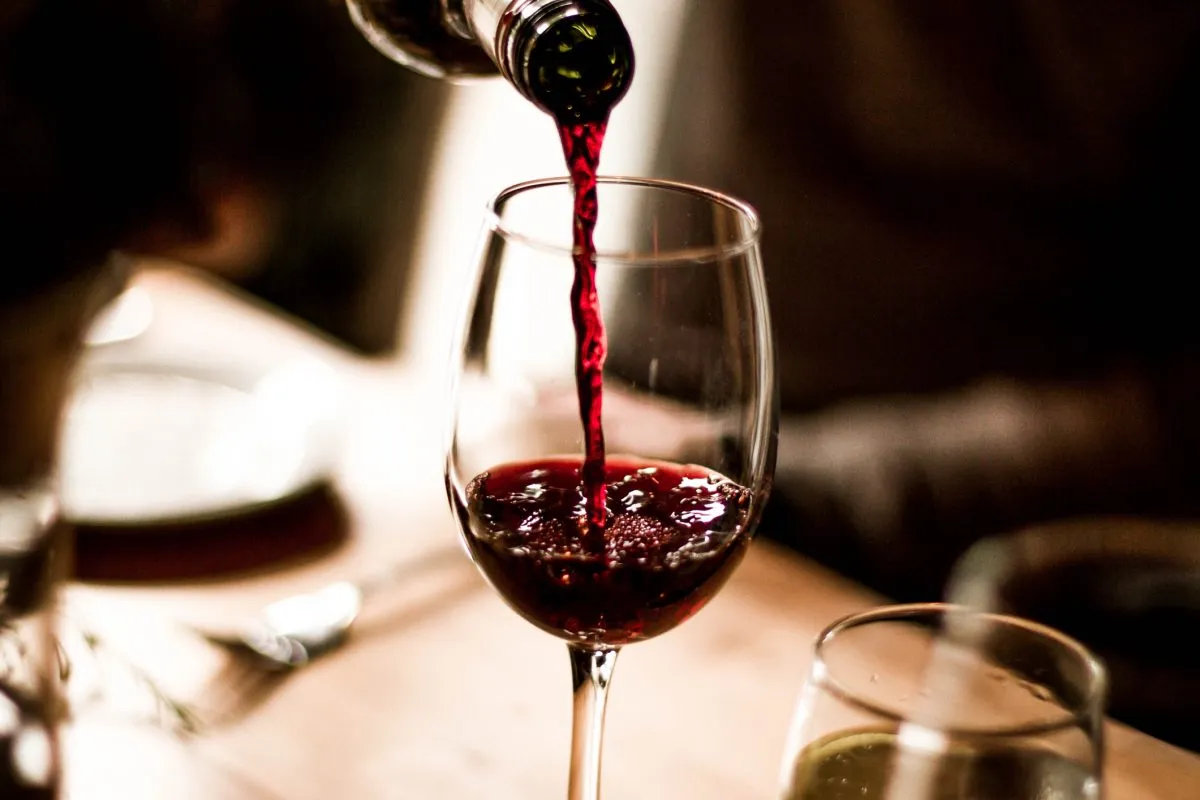Global warming is impacting the DOCa Rioja and numerous studies provide scientific evidence of the fact. One of the most recent, Evaluación del impacto del cambio climático en la producción vitivinícola de la DOCa Rioja (1) (Evaluation of the impact of climate change on the grape and wine production in the DOCa Rioja) tracks temperature data from 1950 to 1982 and from 1983 to 2014.
The findings of the study show that in the period 1950-1982 (Map 1), most of Rioja Alta and Alavesa were in Winkler region I and the rest in región II, with the exception of the southeast of the región. (2) Today, a significant part of Rioja Oriental (Eastern Rioja) is in region III and most of Rioja Alta and Alavesa are in region II (second map).
Map 1 (Winkler Index data for Rioja 1950-1982)

Map 2 Winkler Index data for Rioja (1983-2014)
Dr. Fernando Martínez de Toda, chair of the Viticulture Department of the University of La Rioja emphasizes the positive aspects of a warmer climate in Rioja. He points out, “in general, warmer climate has been positive for the DOCa Rioja. In many cooler areas, there was little certainty of grapes attaining ripeness (author’s note: the higher elevations in Rioja Alta and Alavesa), while it is now possible. In the most eastern areas of Rioja, the task is mitigating the effects of climate change.”
Another study looks into the future. ‘Impacts of the projected changes in temperature under scenarios of climate change on vine phenology of three red varieties cultivated in Rioja (Spain)’ (3) predicts temperature increases under two scenarios of greenhouse gas emissions established by the IPCC (Intergovernmental Panel on Climate Change). (4) Under RCP 4,5 (an intermediate scenario), máximum and mínimum temperatures in July and August would increase 3ºC and 2ºC respectively, while under RCP 8,5 (the worst case scenario), the increase in temperature would be 3,9ºC and 3ºC respectively.
Are growers and wineries aware of these events? Yes and no. A third study, a 481-person survey carried out by two professors of sociology at the University of La Rioja (5) showed that climate change, evidenced both by increased temperature and higher levels of greenhouse gases, is a reality for 90% of those surveyed. Almost 46% think that future conditions will be more or less similar to the current situation, while 37% think that alternative ways to deal with climate change will have to be found.
The fact that almost half of those surveyed believe that not much will change is reason to be concerned. But there are ways to combat the effects of global warming in Rioja vineyards and experts are busy spreading the word to their colleagues.
According to Roberto Frías, the director of agriculture for the La Rioja Alta group, who recently wrote in a special issue of the Foundation for Wine Culture’s magazine Terruños (6), warmer winter weather causes the phenological development of grapes to take place earlier in the year and at a faster rate. A first consequence is early budbreak, which subjects vines to harm from spring frosts.
Higher temperatures (and the increase of carbon dioxide in the atmosphere) cause increased levels of sugar in grapes, which produces higher potential alcohol and at the same time a reduction in the level of acids. The result is often grapes with 14,5% potential alcohol and even higher but with green tannins and low acidity, in other words, a lack of balance.
A second effect is the increase in vineyard plagues. Frías cites the example of the grape moth. Historically, the moth produces two generations of offspring per season in Rioja Alta and Alavesa and three in Rioja Oriental. Today, in the Alta and Alavesa there are three generations, while in the Oriental there are four. Fighting these plagues is an extra cost for growers.
What can be done? For the experts, the key measures to counteract higher temperatures during the growing season in Rioja are:
For existing vineyards:
Late pruning
Historically, pruning takes place between November and March. Pruning in mid-April would delay budbreak and therefore the date of the harvest.
Leaf removal
This practice would reduce the level of photosynthesis and the formation of sugar in grapes and also delay ripening by 2-3 weeks.
Increased use of drip irrigation where possible
High temperatures coupled with the lack of moisture in the soil causes stress in vines that produces blockage in the formation of anthocyananins, fundamental components of color in red grapes. Providing a judicious amount of water alleviates this condition.
For new vineyards:
Plant east-facing, rather than south-facing rows
Historically in the northern hemisphere, high value has been placed on vineyards with a south-facing orientation to maximize exposure to sunlight. Increased diurnal temperature counsels planting rows facing east, to take advantage of morning sunlight and less exposure to the midday sun.
Plant at higher altitude
100 meters of altitude translates into a temperature decrease of 1ºC, which would delay ripening. Traditionally, grapes from high altitude vineyards have not been in high demand in Rioja because of the risk that the grapes would not reach full ripeness. Higher temperatures have changed this scenario and several Rioja wineries have launched wines marketed as ‘high altitude wines’.

Plant at higher latitude
A more northerly vineyard would probably be cooler and therefore grapes there would ripen later. This practice however has severe limitations for Rioja because the current boundaries of the appellation are fixed and any proposal to include areas north of the current boundary would inevitably involve a long political battle.
Substitute current grape varieties for later ripening varieties and those resistant to higher temperatures
Dr. Gregory Jones and several colleagues have written extensively about this subject. (7) If for example, monastrell or nebbiolo were subastituted for our tempranillo-based reds, they would be unrecognizeable. It would be an extremely risky proposition, not likely to be accepted by growers, wineries and most importantly, the trade and consumers.
Plant later ripening clones of Riojan varieties
Research at the Instituto de Ciencias de la Vid y el Vino in La Rioja (8) has shown that among 494 clones of tempranillo planted in the Institute’s experimental vineyard, ripening varied from 140 to 180 days. Selecting a late-ripening clone would contribute to offsetting the effects of higher temperature in our region.
The above suggestions are examples of how grape farmers can adapt to global warming. How can they contribute to combatting it? In his article in Terruños, Roberto Frías suggests planting cover crops between the rows of vines instead of tilling the soil. Among the beneficial effects of cover crops cited by Frías are:
- They can sequester up to 6,5 metric tons per hectare of carbon dioxide per year;
- They add nitrogen to the soil, reducing the need for nitrogen-based fertilizers;
- They act as a barrier against soil erosion.
Conclusions:
Climate change is a reality in the Rioja region and we have examined some viticultural methods proposed to mitigate its effects. While growers and wineries recognize that global warming is impacting their businesses, putting measures in place in Rioja vineyards requires changing traditional ways of planting and working the soil. Forward thinking viticulturists such as Roberto Frías are applying solutions to their company’s vineyards and experts like Fernando Martínez de Toda are providing practical, science-based solutions that will hopefully benefit Rioja as a whole.
Footnotes:
(1)
https://www.retema.es/noticia/el-territorio-del-rioja-ante-el-desafio-del-cambio-climatico-LHNWy
(2)
https://en.wikipedia.org/wiki/Winkler_index
(3)
https://dialnet.unirioja.es/servlet/articulo?codigo=7300772
(4)
https://en.wikipedia.org/wiki/Representative_Concentration_Pathway
(5)
Sergio Andrés Cabello, Joaquín Giró. “Evaluación del impacto del cambio climático en la producción vitivinícola de la DOCa Rioja”.
(6)
https://culturadelvino.org/fcv/wpcontent/uploads/pdf/publicaciones/terrunos30.pdf Pages 24-31.
(8)
https://www.larioja.org/larioja-client/cm/agricultura/images?idMmedia=1191974

